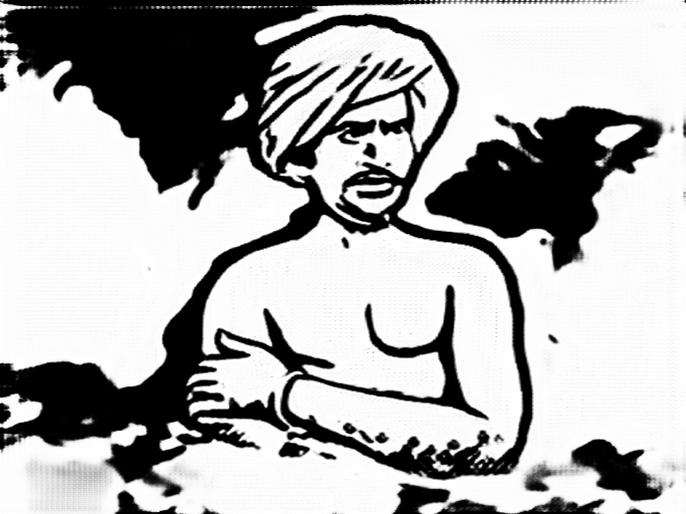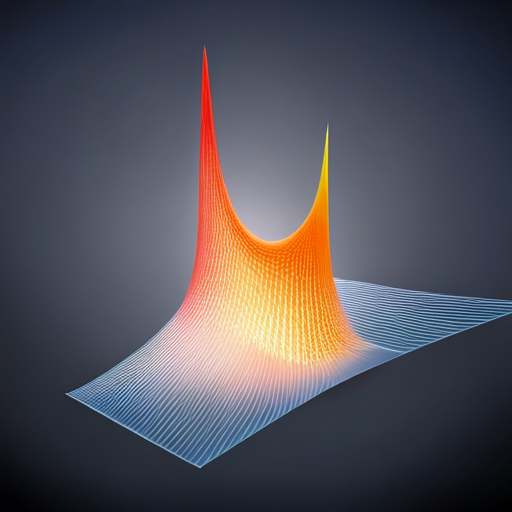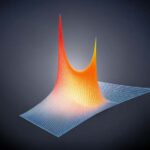Saturn is a large planet with a mass of about 100 times that of Earth. Despite this, Saturn is still about three times smaller than Jupiter. Some astronomers have begun to question how Saturn really fits into being classified as a large planet in light of this and more recent discoveries.
Saturn and Jupiter are generally grouped in the same category as the larger planets by some astronomers. Both planets are incredibly large and contain large amounts of hydrogen and helium gases, which make up most of their atmospheres. These planets are also close to each other in the solar system.
More thorough investigations using the Juno spacecraft and the Cassini robotic interplanetary station (Cassini) revealed several important differences between Jupiter and Saturn, including the amount of heavy elements found deep inside the planets. Additionally, Jupiter is three times more massive than Saturn, which is also quite significant in general.
Astronomer Ravi Heled of the Center for Theoretical Astrophysics and Cosmology at the University of Zurich in Switzerland argues that there is only one true gas giant in the Solar System. Jupiter, Uranus and Neptune are classified as ice giants because they are primarily composed of elements other than hydrogen and helium. As for Saturn, according to Haled, the planet is not a true gas giant.
Since the early Solar System was a region where lots of diverse material accumulated in orbit around the developing Sun in the center, the process of forming a giant planet is extremely difficult. It was composed primarily of hydrogen and helium, with smaller numbers of heavier elements. When the newborn Sun began to heat up all the hydrogen and helium left the system.
By the time the star warms up, the planet should already have grown large enough that the only distant potential left is that the planet could continue to increase its mass, especially due to hydrogen and helium. The gravitational pull of a planet increases with size, allowing it to collect mass from nearby objects.
According to preliminary research, Jupiter and Saturn had reached a critical stage that required the rapid build-up of enormous amounts of mass in a short period of time. However, Jupiter had better luck in this area.
About 100 times the mass of Earth is the critical mass at which a planet can rapidly acquire hydrogen and helium. Jupiter easily exceeds this figure, indicating that the planet’s mass grew mostly as a result of the star’s heating prior to the removal of hydrogen and helium from the Solar System.
According to Held, Saturn never had the chance to become a true giant. Uranus and Neptune were also too small to challenge Jupiter for the title of giant planet. Saturn’s mass was sufficient to gravitationally pull large amounts of hydrogen and helium in, but not enough to accelerate the process to the point where the planet could become more massive.
This led Haled to claim that Saturn was a failed giant planet. According to him, Jupiter is the only major planet in the solar system. It could also mean that despite their similarities, Jupiter and Saturn formed extremely differently, which would account for the differences discovered through further study.
The differences in the evolution of these planets can help scientists learn more about how the Solar System and other star systems in the Milky Way formed.

About the Author
Manish love to write and he is a Civil Servant. Users can follow Manish on Instagram 
सवाना या उष्णकटिबंधीय घास मैदान (savanna or tropical grasslands)
सवाना (Savannah) समुदाय घास और बिखरे हुए पेड़ों का एक विशेष पारितंत्र है। सवाना सामान्य…
मुद्रा अवमूल्यन का बाजार, नागरिक और सरकार पर क्या प्रभाव पड़ता है ? [Currency Devaluation Impacts]
मुद्रा अवमूल्यन के बाजारों, नागरिकों और सरकारों पर कई प्रभाव पड़ सकते हैं। बाजारों में,…
How Birsa Munda’s Revolt for Indigenous Rights
Indian tribal chieftain and liberation warrior Birsa Munda was famous. He was born on November…
महाद्वीपीय विस्थापन सिद्धांत [continental drift theory]
महाद्वीपीय विस्थापन सिद्धांत (continental drift theory) भूगोल में एक महत्वपूर्ण थ्योरी है जिसके कारण पृथ्वी…
Transverse Waves and its Examples
If the particles oscillate perpendicular to the direction of wave propagation, then it is a…
आमिर खुसरो [Amir Khusrau]
आमिर खुसरो (Amir Khusrau) मध्यकालीन भारत में एक ऐसे विशेष व्यक्तितव है जो अपनी शानदार…


![मुद्रा के अवमूल्यन का बाजार, नागरिक और सरकार पर क्या प्रभाव पड़ता है ? [Currency Devaluation impacts]](https://bugnews.in/wp-content/uploads/2023/02/currencyDevaluation-compressed.jpg)

![continental drift theory, महाद्वीपीय विस्थापन सिद्धांत [continental drift theory]](https://bugnews.in/wp-content/uploads/2021/12/Pellegrini_Wegener_fossil_map.jpg)



